California’s home insurance market is set to receive another blow as two more insurance companies will not renew their customer’s home insurance policies going forward and withdraw business from the state.
The non-renewal of the two companies, Tokio Marine America Insurance and Trans-Pacific Insurance, has been confirmed by the California Department of Insurance in an email to KQED news. Customers will be receiving non-renewal notices in the summer.
State Filings

In state filings submitted to the Department of Insurance, the companies disclosed their intent to withdraw from California by July.
The California Department of Insurance said the decision by the two companies will affect 12,556 policies and premiums totaling $11.3 million. Tokio Marine has 2,732 personal umbrella policies for liability worth about $400,000.
Small Departures
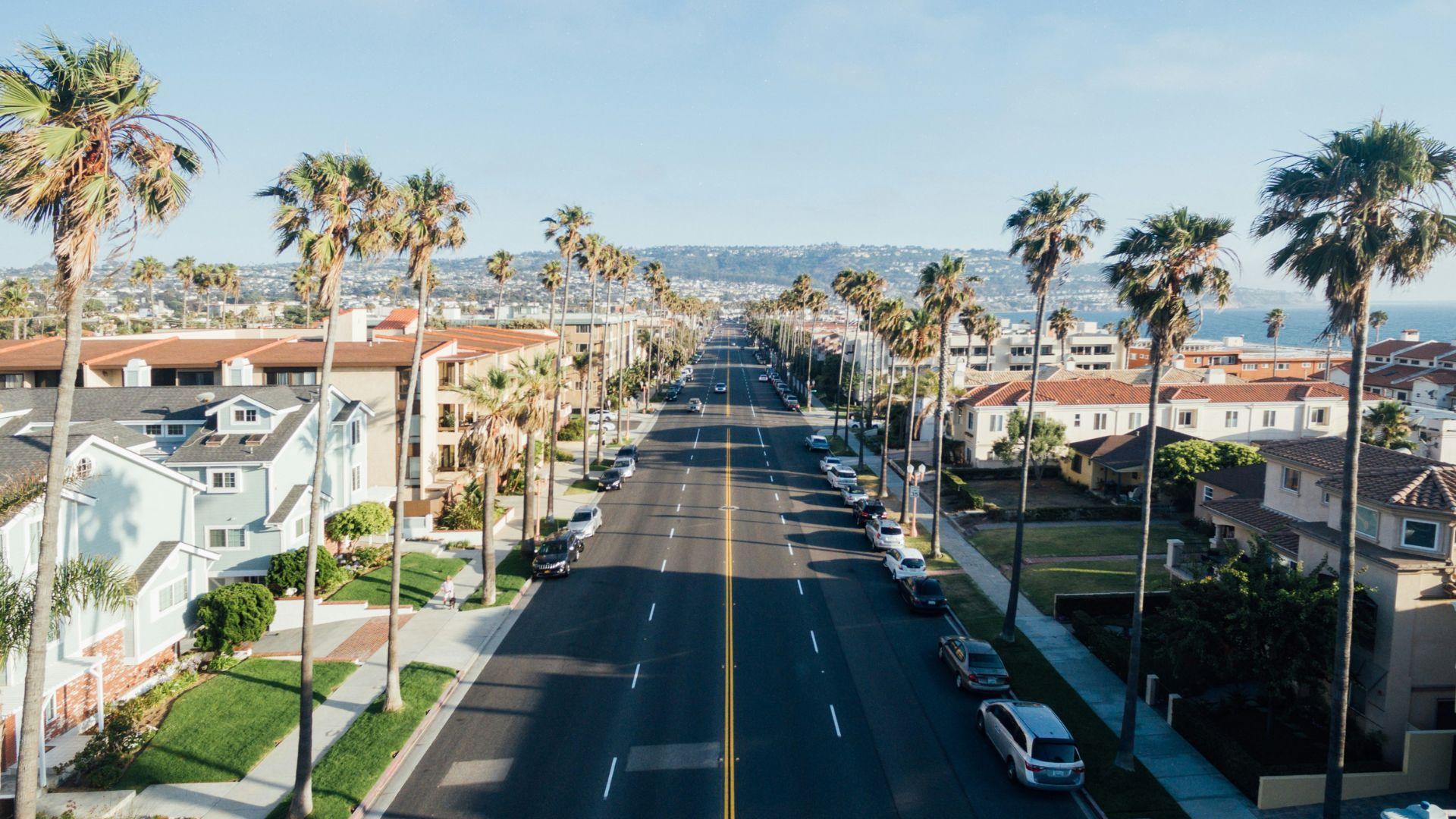
In the email to KQED, the California Department of Insurance asserted that these two companies’ low market share means customers should not be too concerned.
“Given the companies’ minimal market share, we do not expect this to affect the California market as consumers have other options,” said Jazmín Ortega, deputy press secretary for the state’s insurance department.
Insurance Crisis

In the filings, the insurers didn’t cite a reason for leaving, but the sudden departure comes amid an insurance crisis in the state that has seen big names in the industry stopping the renewal of policies in California.
According to KQED, 70% of insurers on the California Department of Insurance’s Home Insurance Finder tool market are not currently offering new home insurance plans. 90% of companies in the insurance market are not offering new property insurance or have added heavy restrictions to existing policies.
Big Insurers Leaving
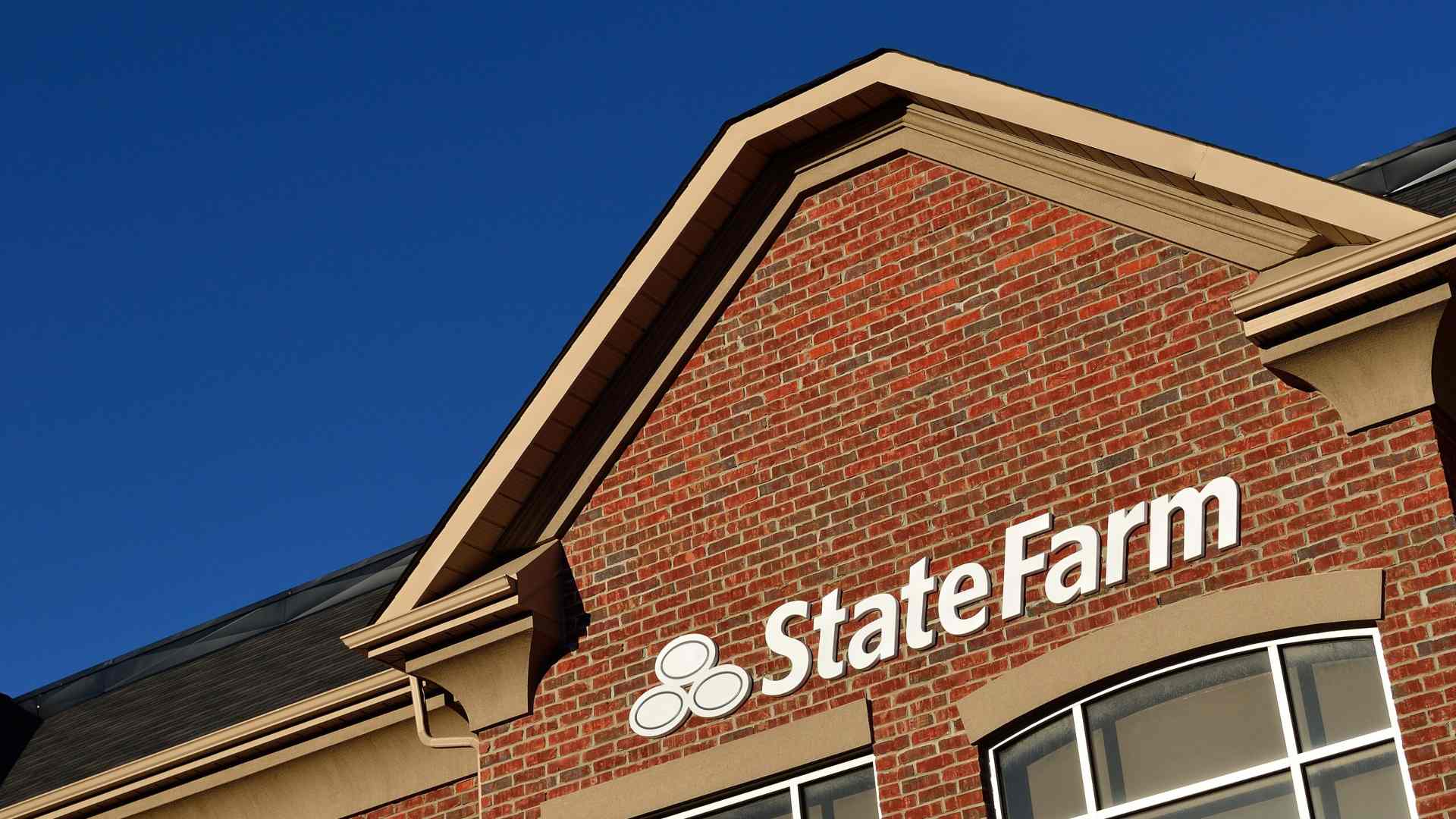
It seems like there is a never-ending cavalcade of both large and small insurers announcing their departure in recent months.
A few weeks ago, State Farm announced it would be cutting 72,000 policies in California by July. This announcement followed a previous decision nine months earlier that the company would stop offering new coverage altogether.
Why Are Companies Leaving?

A spike in the frequency and intensity of property-damaging events like wildfires, floods, storms, and other climate catastrophes has made writing policies in the state more risk than reward.
“They know the risk is just too high to be actuarially sound for their business,” said Jeremy Porter, head of climate implications research at First Street Foundation.
Bad Fire Season

In March, a Democrat Assemblymember talked about how close the state is to financial ruin if just one particularly bad disaster comes California’s way.
“We’re one bad fire season away from complete insolvency – it feels like a big gamble,” said Assemblymember Jim Wood, a Democrat from Sonoma County. “If this were on Wall Street, I’m not sure you’d be able to get away with this.”
Climate Risk
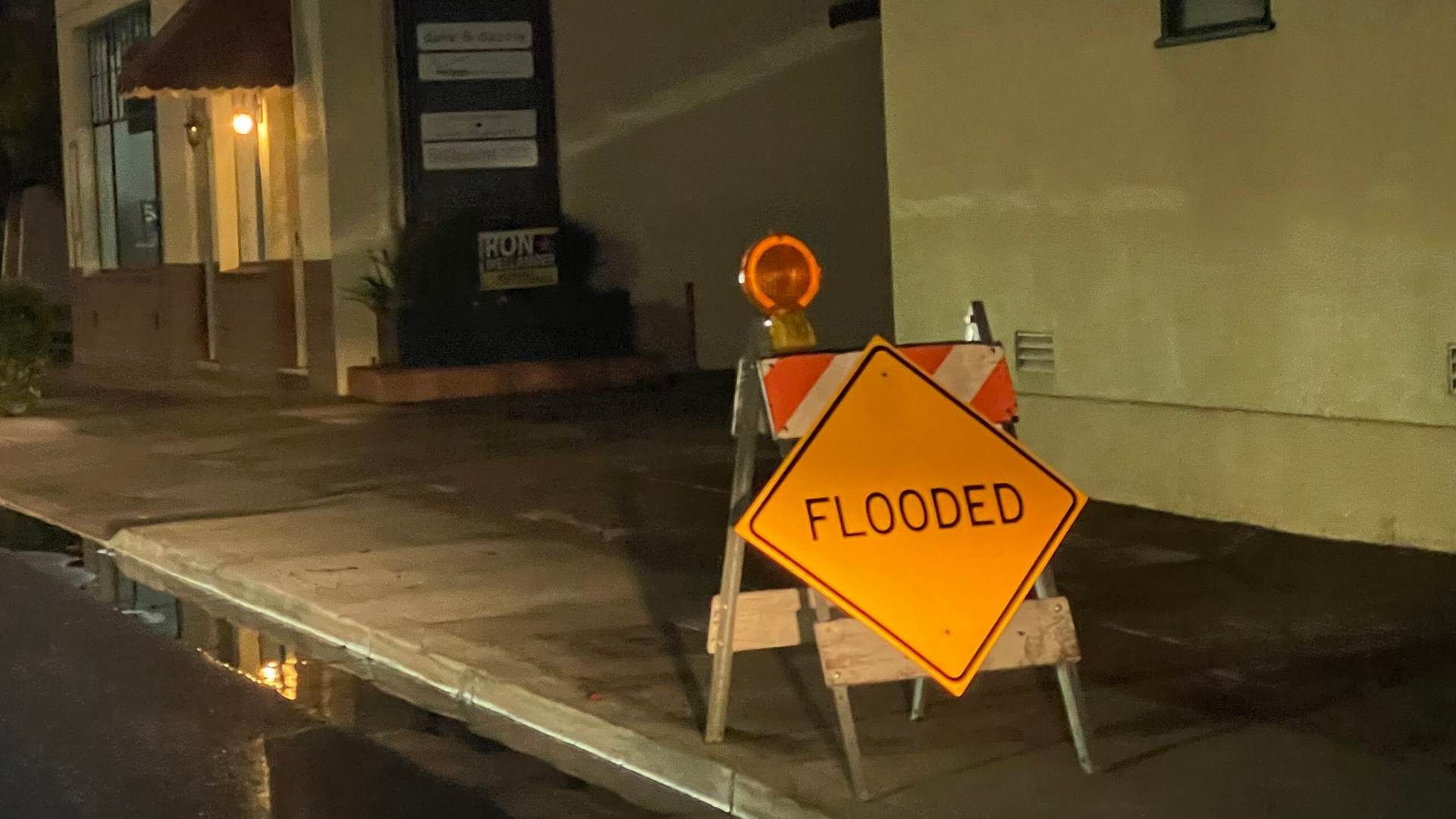
California is not the only state facing difficulties keeping insurers from writing policies, but it is the state that ranks at the top of economic damage from climate disasters.
“Losses are increasingly related to climate risk,” said Sean Kevelighan, president and CEO of the Insurance Information Institute, an insurance industry association. “As that risk increases, so does the cost of insuring those assets that people have on hand.”
Attempting to Fix the Problem

Fixing an insurance crisis is a tricky issue that doesn’t have a simple solution. In December, California Insurance Commissioner Ricardo Lara presented a stabilization plan to lawmakers, but it would require raising prices for customers.
It will be difficult to find a solution that makes ultimately both customers and insurers happy given that the problem is being driven by natural disasters, a factor that is out of people’s control.
Last Resort
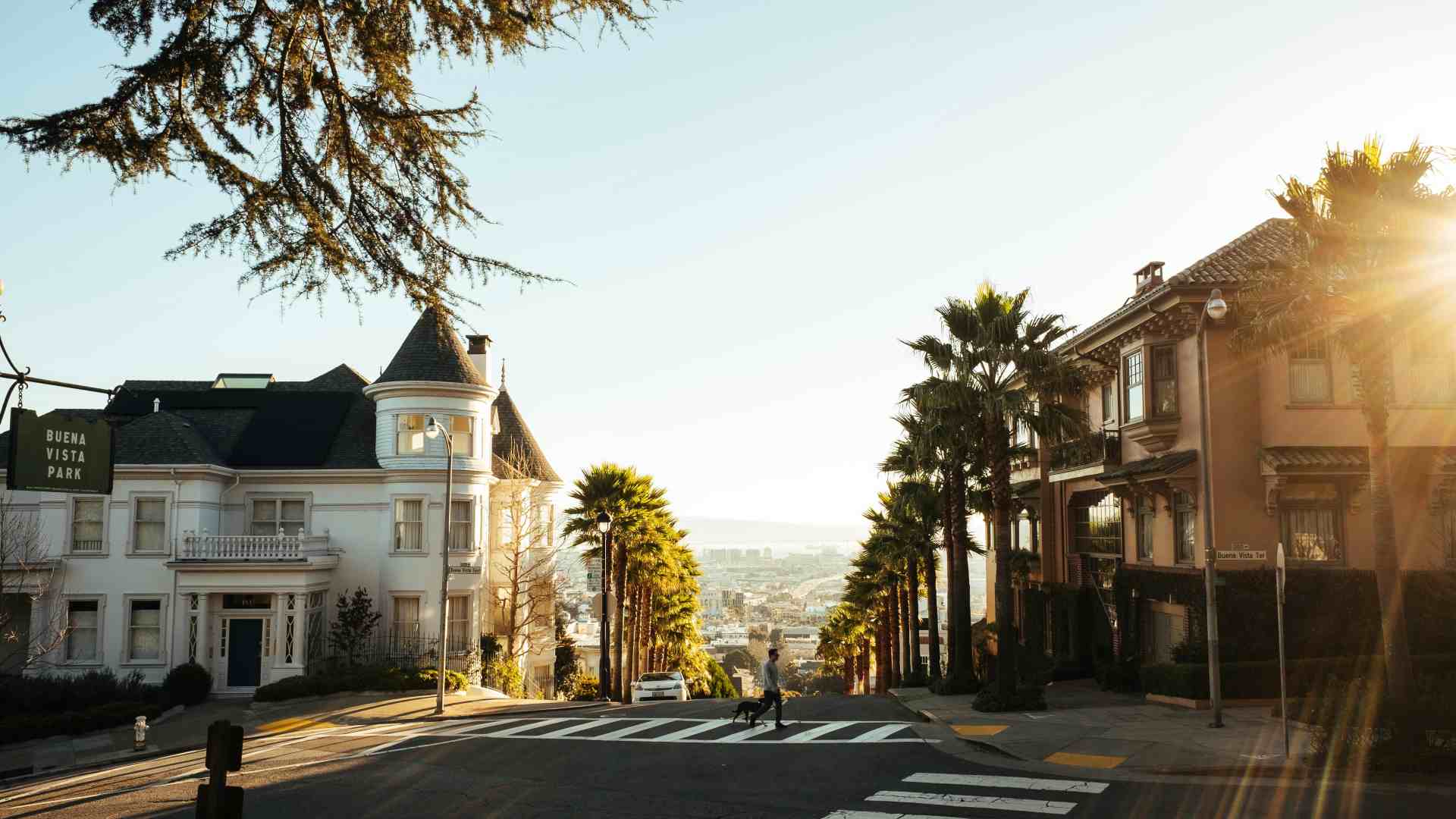
In California, there is a last resort for homeowners who are deemed too risky to get insurance from private companies, called the California Fair Access to Insurance Requirements (FAIR) plan. The plan is funded by forcing insurance companies who do business in California to pay into it.
This means that as companies withdraw completely from the state, not only are there fewer policies on the private market, but the FAIR plan starts to lose its insurance funding.
Fair Losses
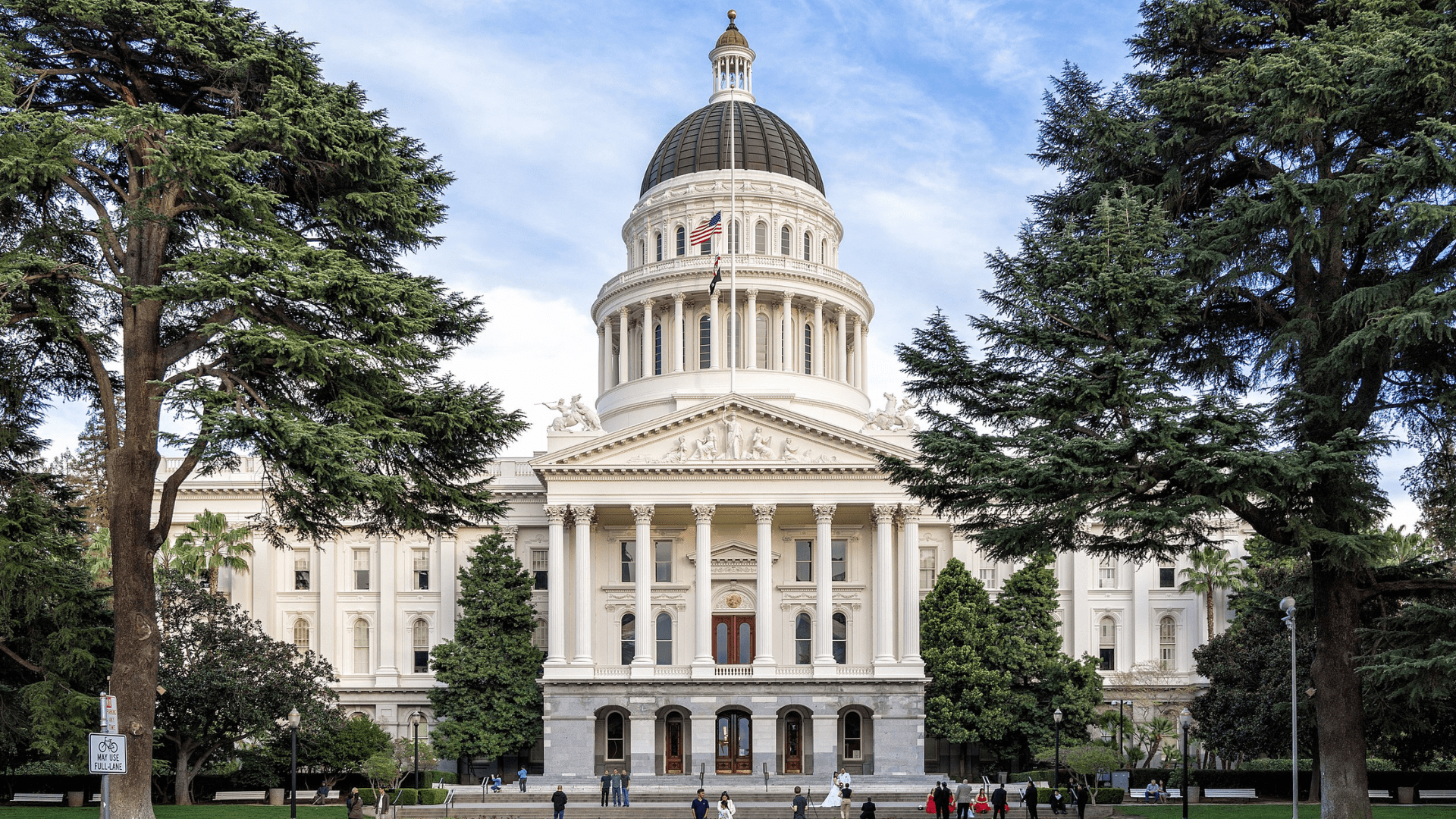
In March, California’s state-charted insurer set up under the FAIR Plan told lawmakers that it is financially unprepared to cover the costs of a big disaster in the state.
The FAIR plan now faces $311 billion in potential losses, which has ballooned from the $50 billion it was six years ago.
Catastrophe Modeling

The California Department of Insurance will hold a meeting on April 23 to discuss strategies to address the insurance crisis under what it calls “catastrophe modeling.”
Relying on the FAIR plan to serve customers in the interim is proving challenging. Despite the plans being expensive and offering subpar coverage, it is the only thing many people have. “The FAIR Plan is getting a thousand applications per 24 hours, which is outrageous to even conceive of,” said broker and insurance expert Karl Susman.
Historical Disasters in California

California has been repeatedly hit by significant disasters, such as the 1906 San Francisco Earthquake and the devastating wildfires of recent years. These events have profoundly impacted population centers, infrastructure, and the insurance sector.
By understanding these historical contexts, we can better grasp the challenges faced by today’s insurance industry in the state.
Trends in Disaster Frequency and Severity

Given the limited resources and time for preparation, falling in line with the aforementioned climate changes, insurers are struggling to keep up with the demand and provide adequate coverage.
Impact on Insurance Market
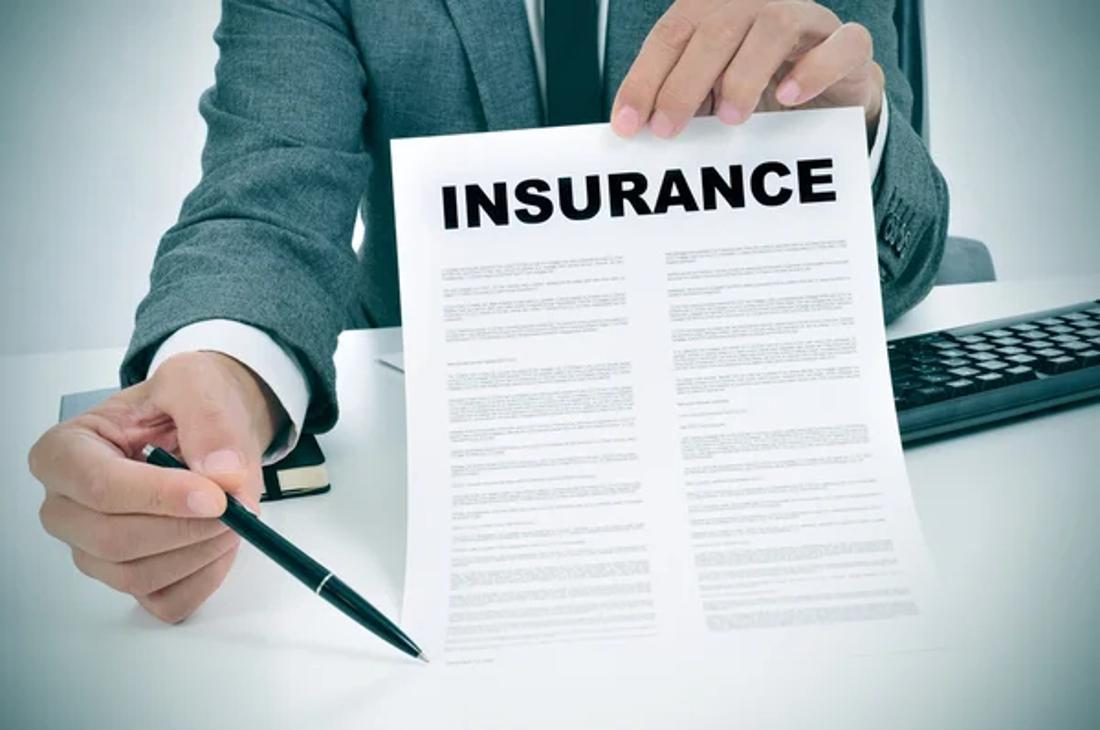
Historical disasters have led to significant fluctuations in California’s insurance market. Past major pullouts by insurers following catastrophic events have set a precedent, illustrating the market’s vulnerability and setting the stage for Tokio Marine America Insurance and Trans-Pacific Insurance’s exits.
These trends are likely to persist if the state continues to experience extreme weather patterns and natural disasters.
Comparative Analysis with Other States

According to RSM, states like Florida and Louisiana have experienced similar insurance market upheavals due to natural disasters.
The states’ increasing exposure to natural disasters has resulted in higher premiums and deductibles for homeowners, making it difficult for many to afford adequate coverage.
Risk Pooling

Paula Jarzabkowski emphasizes the importance of “risk pooling” in addressing the challenges posed by climate change on the insurance industry (per Nature).
Risk pools are collaborative efforts among various stakeholders, such as financial institutions, governments, NGOs, and commercial bodies, aimed at sharing the financial risk associated with natural disasters. This strategy helps in reducing insurance premiums and addressing systemic risk effectively.
The Role of Public-Private Partnerships in Risk Pools

Jarzabkowski advocates for public-private partnerships in creating effective risk pools. These partnerships allow for the pooling of resources and expertise, which is important in offering insurance solutions that are affordable and sustainable.
The shared responsibility helps reduce the impact of disasters by spreading the financial risk across more entities, thereby stabilizing premium costs for consumers.
Impact of Climate Change on Secondary Perils

The frequency and severity of secondary perils such as floods, hailstorms, and bushfires are increasing due to climate change, leading to higher insurance premiums and greater uninsured losses.
Jarzabkowski points out that these escalating costs make insurance unaffordable for many, increasing the burden on government services when disasters strike.
Caribbean Risk Pool

Over a decade ago, several Caribbean nations formed a risk pool to manage the financial implications of hurricanes and cyclones (via the IMF).
This pool provided fast liquidity post-disaster, illustrating how regional cooperation in risk sharing can enhance disaster preparedness and response, ultimately supporting rapid recovery and stability in affected communities.
Benefits of Diversified Risk Pools

In essence, diversifying risk across multiple countries or regions forms a more stable insurance portfolio that is less capital-intensive.
This approach reduces the cost of reinsurance and provides a financial safety net, ensuring quick response capabilities during emergencies.
Challenges in Integrating Climate Change Responses

Jarzabkowski also criticizes the fragmented approach to climate change response, noting that insurance products, property planning, and financial services often operate as silos without a unified strategy (via Nature).
An integrated approach is essential for long-term insurability and sustainability, particularly as climate impacts become more systemic and interconnected.
The Need for Comprehensive Conversations and Actions

Recognizing the complexity of climate change-related disasters, Jarzabkowski calls for a broad spectrum of involvement from climate modelers, urban planners, policymakers, and community groups to ensure the success of risk pools.
A collaborative effort could help develop resilient and adaptive insurance models that can withstand the challenges posed by a changing climate, ultimately reducing the need for insurers to pull out of certain areas — or in this case, states.
Next Steps for Homeowners and Policymakers

To confront the ongoing insurance crisis, both homeowners and policymakers need to take proactive steps.
Recommendations for policy adjustments and preparedness initiatives should focus on enhancing resilience and ensuring sustainable insurance solutions for all Californians.
